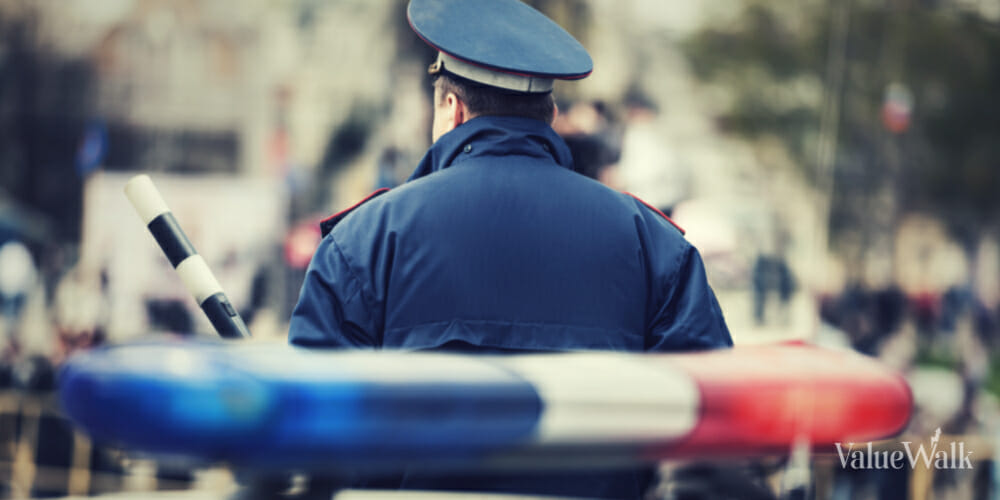Blame Police Hesitation For Pelosi’s Injuries; Plenty of Time to Shoot Once Danger Was Presented
Police Hesitation To Be Blamed For Pelosi’s Injuries
WASHINGTON, D.C. (January 27, 2023) – Dramatic video of the vicious hammer attack on an elderly Paul Pelosi by a much younger potential assassin suggests that unreasonable hesitation by the police was a major factor in Pelosi’s life-threatening injuries, suggests public interest law professor John Banzhaf, who has analyzed many shooting cases.
Q4 2022 hedge fund letters, conferences and more
Some 15 seconds appear to have elapsed between the time the police first saw Pelosi in his pajamas grabbing a hammer held in the hand of a much younger intruder and the blow which could have been fatal, yet the police did not fire even a single shot at the other man.
Some 9 seconds after the door is opened and the scene with its deadly risk is clearly presented, the police obviously realize what is going on - or at very least that the younger man is holding a deadly weapon very near the older one - and therefore order him to drop it.
When the intruder refuses to do so, the police do nothing at that point to stop him from attacking Pelosi with the hammer.
Even after the intruder clearly and expressly refuses to comply with the police order to drop his weapon by saying "nope," the police still do not fire.
Then several more seconds elapse after his verbal refusal before the intruder finally swings the hammer at Pelosi's head, and yet even at that late time the police still do not shoot.
Instead, they waste another critical second or two for several officers to race into the room and finally subdue the intruder by physically overpowering him.
Police Reaction Time
Numerous studies have shown that it can take a second or two between the moment when a police officer first observes a deadly threat (and perceives it as such), and is able to accurately point his gun and pull the trigger.
This inherent reaction time is the reason why police are trained not to necessarily wait until a suspect draws and actually points a weapon, but rather to shoot before that can happen.
That's why the police should not have waited some 15 seconds after first viewing through the open door a situation in which a suspect - who is obviously not a carpenter doing last-night repairs - is brandishing a deadly weapon.
It probably should not have taken them some 9 seconds to take some action; in this instance, commanding the suspect to drop the hammer.
Even more clearly, suggests Banzhaf, the police should have shot at the intruder - perhaps even in the leg since they seem in the video to be close enough to do so - once he clearly refused to comply with a police command to drop a deadly weapon, and especially after Pelosi begins struggling with the intruder to protect himself.
Banzhaf suggests that there is a clear distinction between a suspect simply doing nothing in response to a police demand to freeze, show his hands, drop a weapon, etc. - since the suspect could be confused, simply frozen with fear, stunned, unable to react quickly enough, etc. - and a very different suspect defiantly refusing to drop what is clearly a deadly weapon (not a wallet, cell phone, etc.).
While Banzhaf suspects that, for various reasons, Pelosi will not sue the police for negligence contributing to his injuries, this unreasonable hesitation by the police to take effective action to prevent a near fatal attack on an elderly resident should be of concern to all residents in his neighborhood, suggest the law professor.













